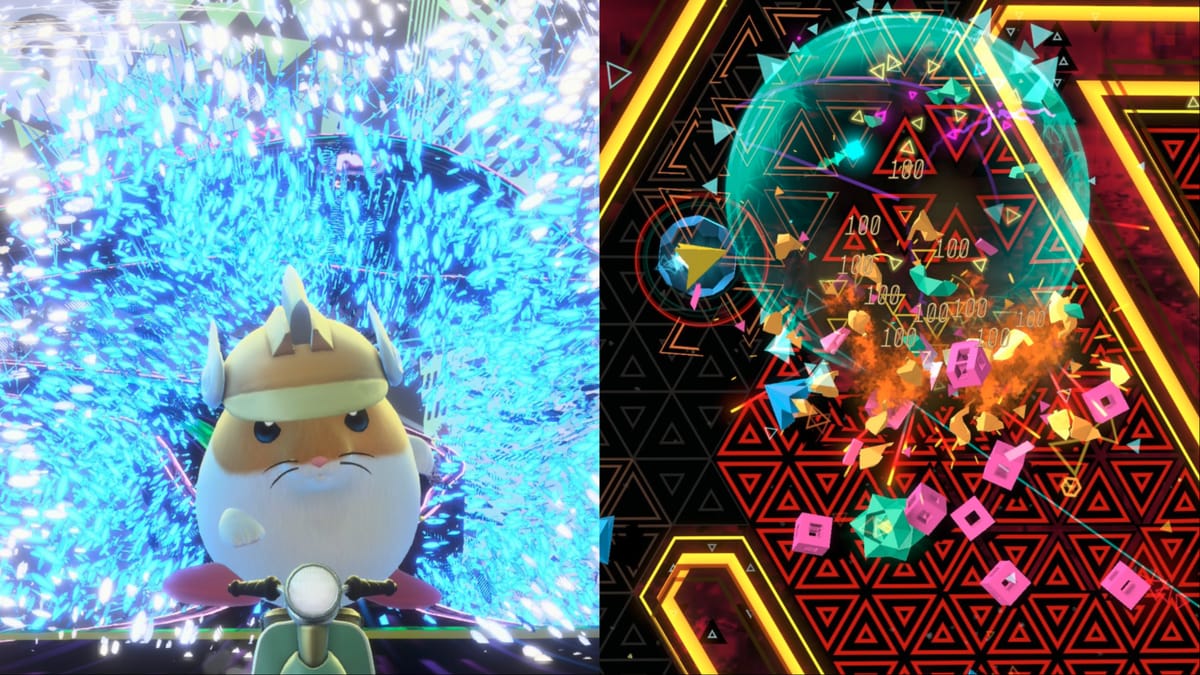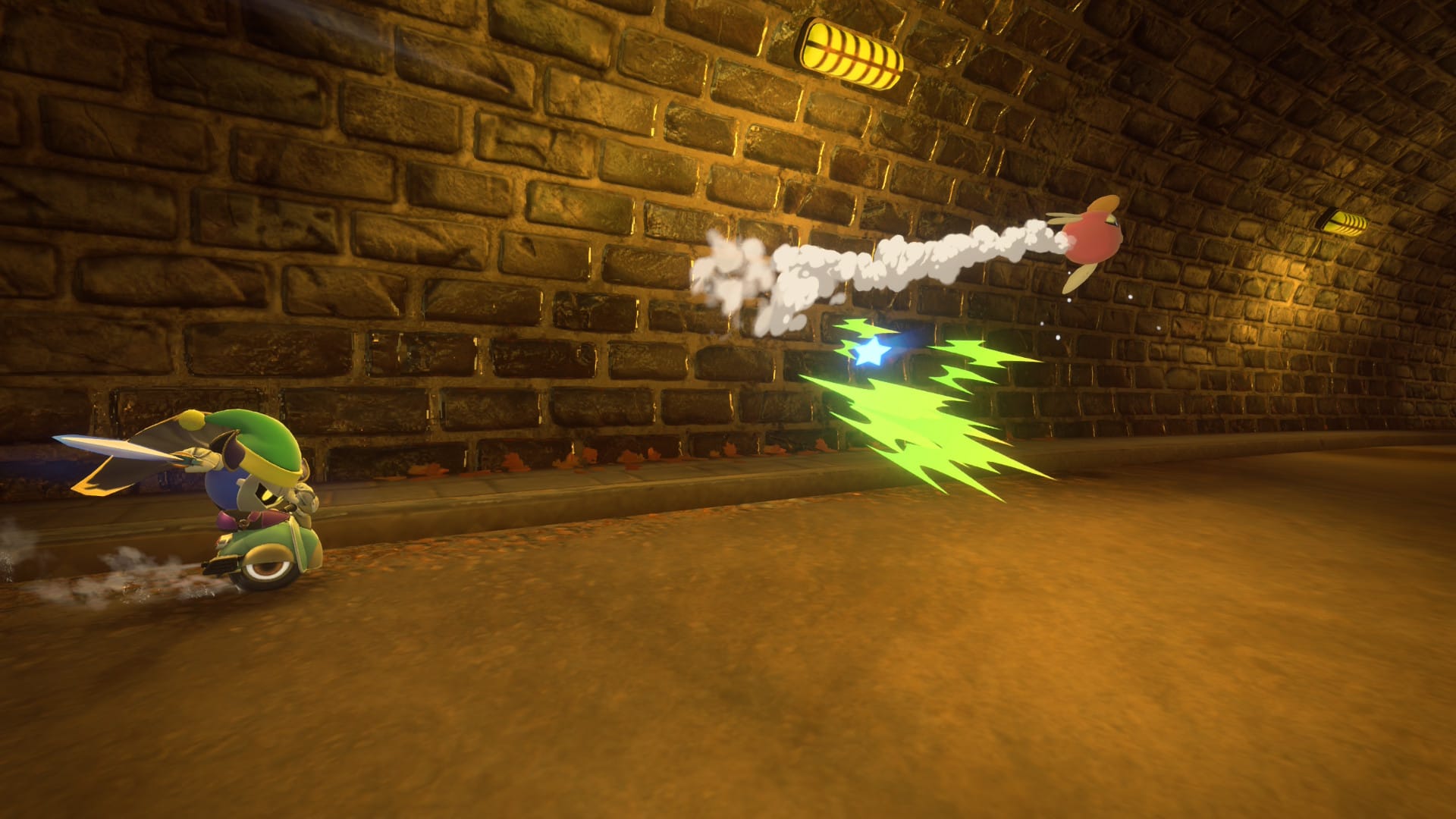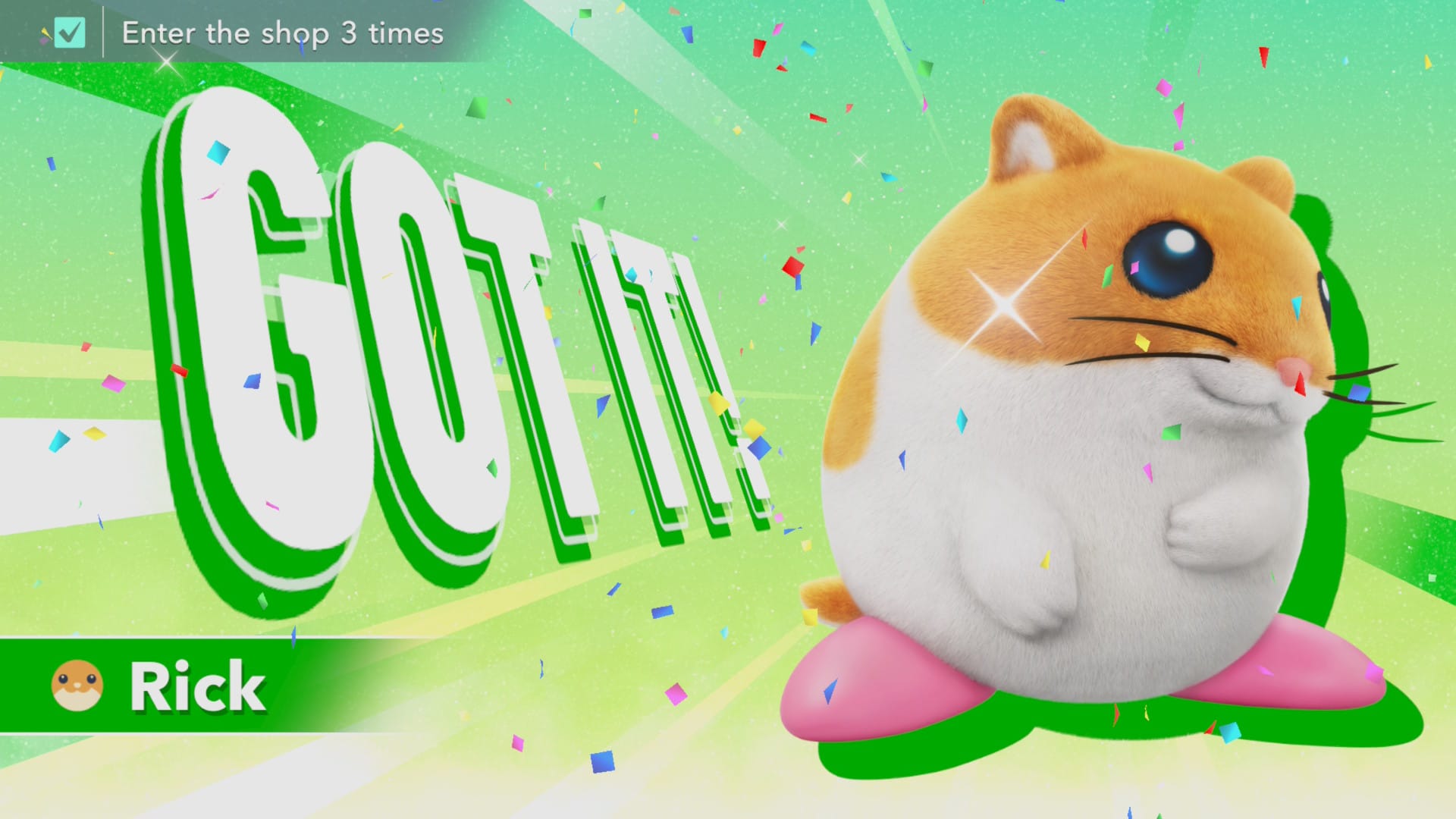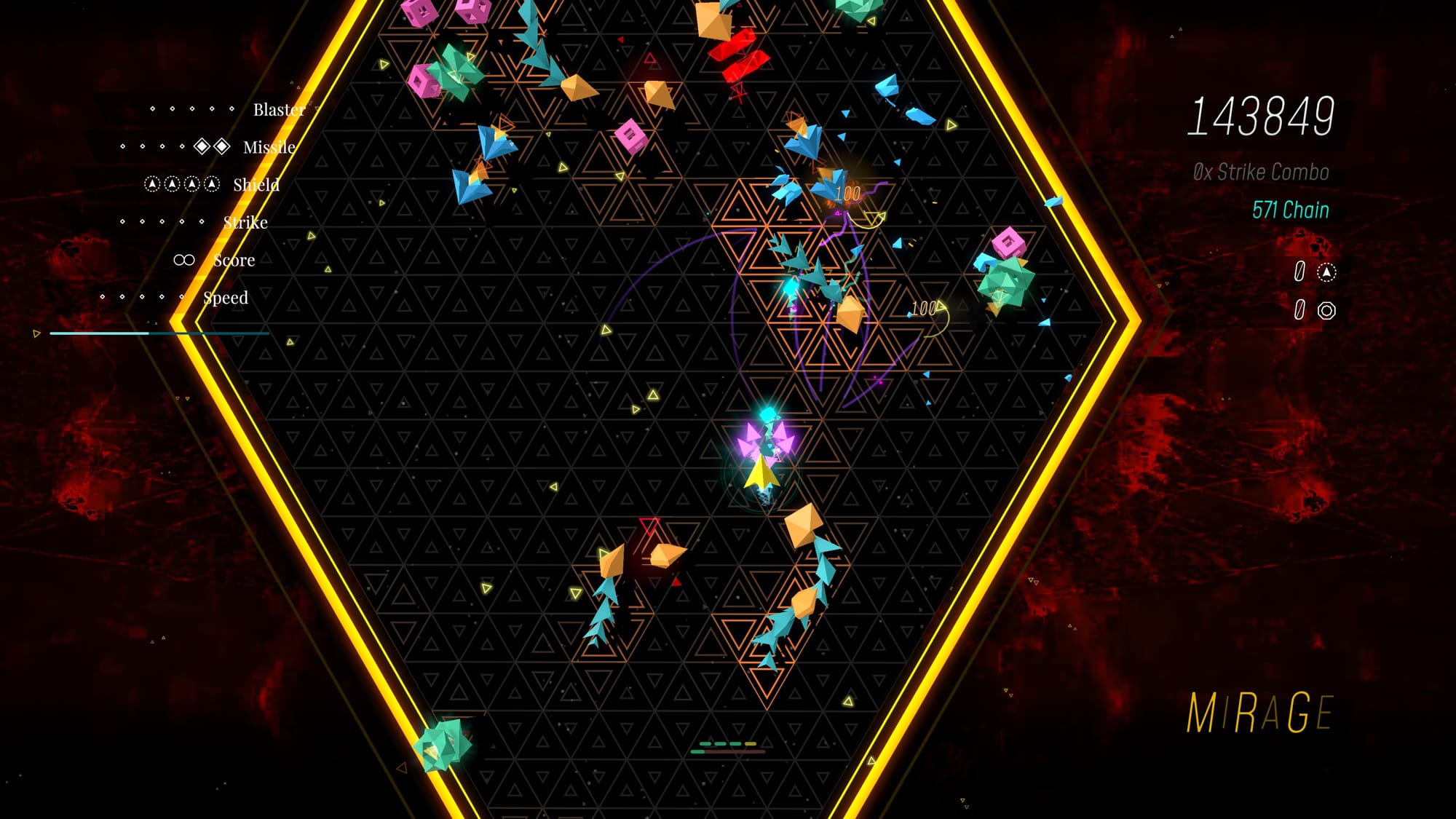Kirby Air Riders And Sektori Are Two Sides Of The Same Overwhelming, Wonderful Coin
Hear me out…

One of the hard things about going back to older video games is that they really don’t explain many things very well. Most NES games detailed their stories in the manual, or on the back of the box, and even modern classics like Metal Gear Solid need digital manuals included when re-released for modern players. Otherwise, you probably won’t figure out half the controls or that you should tune your radio to 140.15.
As someone who didn’t grow up with these consoles, that can make going back to them… interesting. If you only play SNES games on an emulator all your life and never owned a single box, manual, strategy guide, or browsed 90s forums, these games, which are by most metrics simpler than modern games, are infinitely more mysterious and obtuse. It’s kinda like how there is a whole subgenre of indie games with pixel art that doesn’t actually emulate what that artwork looks like on CRT, but what it looks like running on a flatscreen in BSNES. The way people like me experience these classics is wholly different from how they were experienced at the time.

Playing Castlevania II: Simon’s Quest with a Nintendo Power guiding you through everything, compared to me, 40 years later, playing it in the Castlevania Collection, could not be more different. Yes, we both run into the same problem of its infamous translation, but someone in 1988 probably spent hours bumping into walls, falling into pits, have experiencing many “lovely nights to have a curse” before they went to a store and bought a guide. On the other hand, my experience with the game is loading it up for 10 minutes, laughing at “GET A SILK BAG FROM THE GRAVEYARD DUCK TO LIVE LONGER.” and then moving on with my life. In a weird way, that game remains a mystery to me.
I love this feeling. A big part of why I love video games is that there is a pretty much endless breadth to the medium. I will never know everything about the art form, but conversely, that means every day I can learn something new. Be it about the 3DO or Black Ops 7, every day, I gain a little more mastery over the medium I love so much, but I know I will never know even a fraction of all there is to know.

You play a game for the first time twice. Once when you initially pick up the controller, and then again, when you actually understand how to play it – when you master it, control it, and can bend it to your will. Until that point, you are just bumping around in the dark, looking for reactions to inputs, so that you might extrapolate some consistent internal logic within this digital world. In modern games, these two moments are usually seconds apart. You start God of War (2018), and the first thing you see is a tutorial telling you, “Use the left stick to move.” Within an hour, you’ll have most of the controls down. You’ll understand the game, and mastery comes soon after.
I played the opening two or so hours of Dragon Quest (the first one) a while ago, and I can tell you right now you could write a book about the stuff I don’t know how to do in that game. But that makes the game feel so impossibly big in my mind. The possibility space of stuff I have no clue how to do is limitless. The result is that God of War feels smaller to me than Dragon Quest does to me. I know everything God of War has to throw at me; in fact, it presents most of it to me on a platter with a handy tool tip. Dragon Quest tells me so little that I’ll never truly understand everything there is to know.

Going back to the first Kirby Air Ride, now on the GameCube, is totally overwhelming. Despite its “one button” control scheme, there are so many systems and mechanics that the game just about has endless depth. It is something I will never fully understand, but the scale of what is unknown to me is the thing that will stick with me.
Kirby Air Riders, despite its nearly two hours of Nintendo Directs and a lengthy tutorial,feels the same. Like, I think I get it. I know what the buttons do, but I am much more confident in the feeling that there is so much going on under the hood that I don’t understand. The skill floor to Kirby Air Riders might be so low that you could argue the game plays itself for you, but the ceiling? Well, between riders’ abilities and stats, karts’ weights, top speed, acceleration, and unique driving systems, half a dozen power-ups, a dozen or so tracks, game modes which strongly favour certain builds over others, and a million other mechanics, I am sure, are unknown to me. Well, suddenly this simple game feels BIG.

Sektori creates a similar feeling through different means. Unlike Kirby, I didn’t know what Sektori was until it was out. I got a few PR emails, but I get a lot of those, and it wasn’t until I heard someone talk about it as “a roguelike Geometry Wars” that I actually had a look. Now, of course, I know lots about it. Sektori also appears devilishly simple, helped in large part by my brain associating any triangle shooting at incoming shapes with the simplicity of Asteroids’ twin stick shooting. But there is so much more to it than that. The game tells you the basics of how to control your ship and that you can upgrade it throughout runs, but the tutorial cuts off before even alluding to the sheer depth that runs in parallel to these systems.

As you get your ass handed to you in your first few runs, you will slowly start to realise that pink enemies float around directionlessly, blue enemies come straight at you, and yellow ones will also hunt you down. However, if you fire at yellow enemies, they will attempt to strafe away from your shots. Upgrades will vaguely gesture at giving boosts or improvements to certain skills; it's up to you to figure out not just what those skills are, but how you should be using them, how they interact with the world, with the set of rules and limitations in front of you.
Suddenly, Sektori feels BIG. You could, if you really wanted, predict the movement of pretty much every single enemy on screen; they have patterns and routines that are very learnable in isolation. The thing is, there are usually almost 100 enemies on screen at once. And just when you start to get into a flow and understand, dodging and weaving becomes second nature, Sektori introduces something totally new. The rules reset. The way you interact with the world totally changes. There is so much I don’t know about Sektori, and it just keeps getting bigger.

I am not sure if these games are trying to recreate the feeling of living in a pre-internet era, or if that just kind of happens when you create something so complex that it can’t really be explained in a 300-word guide. However, I am glad folks get to experience a feeling I’ve always loved. The feeling that something so simple can be so endless, and that simple games can still feel BIG.

Comments ()